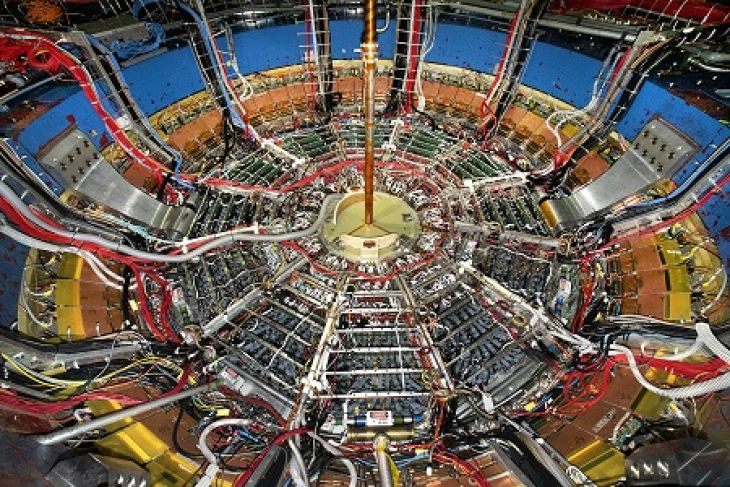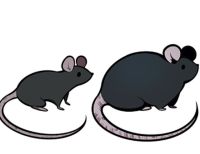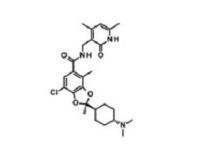
A new way to study quarks, one of the building blocks of the protons and neutrons that make up atomic nuclei, is proposed. This has never been done before and doing so would help answer many fundamental questions in physics. In particular, researchers could use the new approach to determine how matter gets its mass.
The study of matter can seem a bit like opening a stack of Russian matryoshka dolls, each level down revealing another familiar, yet different, arrangement of components smaller and harder to explore than the one before. At our everyday scale, we have objects we can see and touch. Whether water in a glass or the glass itself, these are mostly arrangements of molecules too small to see. The tools of physics (microscopes, particle accelerators, and so forth) let us peer deeper to reveal molecules are made from atoms. But it doesn’t stop there — atoms are made from a nucleus surrounded by electrons.
The nucleus in turn is an arrangement of nucleons (protons and neutrons), which gives the atom its properties and its mass. But it doesn’t end here either; the nucleons are further composed of less familiar things known as quarks and gluons. And it’s at this scale that limits to our knowledge of fundamental physics present a block. As, to explore quarks and gluons, they must ideally be isolated from each other; however, at present, this seems to be impossible. When particle accelerators smash atoms and create showers of atomic debris, quarks and gluons bind again too quickly for researchers to explore them in detail. New research from the University of Tokyo’s Department of Physics suggests we could soon open up the next layer of the matryoshka doll.
“To better understand our material world, we need to do experiments, and to improve upon experiments, we need to explore new approaches to the way we do things,” said Professor Kenji Fukushima. “We have outlined a possible way to identify the mechanism responsible for quark confinement. This has been a longstanding problem in physics, and if realized, could unlock some deep mysteries about matter and the structure of the universe.”
The mass of subatomic quarks is incredibly small: Combined, the quarks in a nucleon make up less than 2% of the total mass, and gluons appear to be entirely massless. So, physicists suggest the majority of atomic mass actually comes from the way in which quarks and gluons are bound, rather than from the things themselves. They are bound by the so-called strong force, one of the four fundamental forces of nature, including electromagnetism and gravity, and it’s believed the strong force itself endows a nucleon with mass. This is part of a theory known as quantum chromodynamics (QCD), where “chromo” comes from the Greek word for color, which is why you sometimes hear quarks referred to as being red, green or blue, despite the fact they’re colorless.
“Rigorous proof that the strong force gives rise to mass remains out of reach,” said Fukushima. “The obstacle is that QCD describes things in such a way that makes theoretical calculations hard. Our achievement is to demonstrate that the strong force, within a special set of circumstances, can realize quark confinement. We did this by interpreting some observed parameters of quarks as a new variable we call the imaginary angular velocity. Though purely mathematical in nature, it can be converted back into real values of things we can control. This should lead to a means to realize an exotic state of rapidly rotating quark matter once we learn how to turn our idea into an experiment.”







